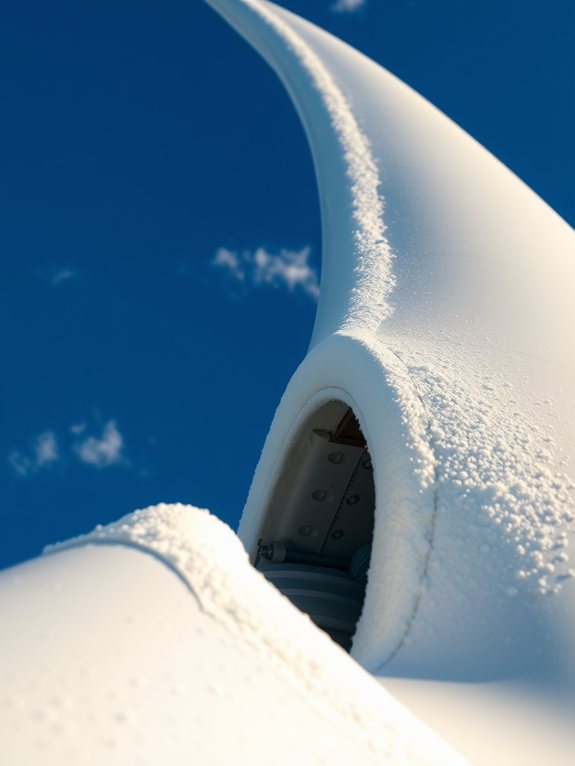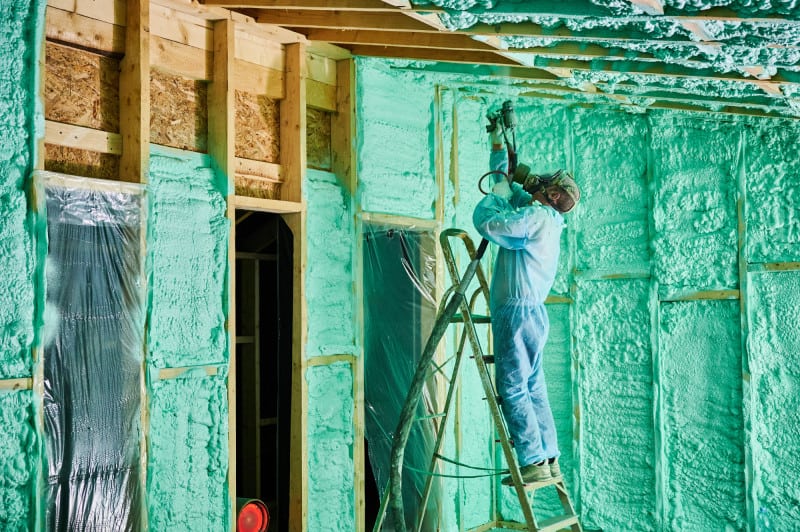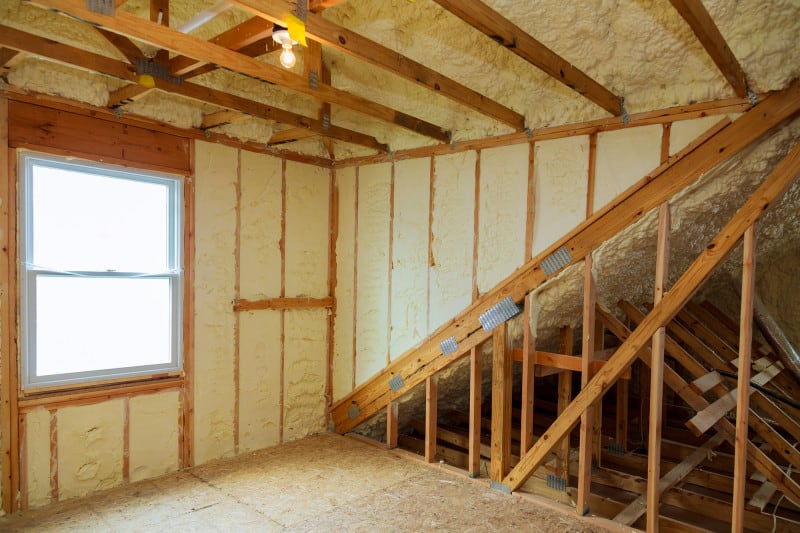To quiet your wind turbine, start with blade modifications like serrations and porous covers that reduce low-frequency noise. Install sound-absorbing materials and multi-layered composites around key components. Add specialized anti-vibration mounts at connection points and implement automated control systems to adjust operational settings based on wind conditions. Optimize your airfoil geometry and blade profiles to minimize turbulent airflow. These fundamental steps lay the groundwork for advanced noise reduction strategies.
Key Takeaways
- Install rubber isolation pads and vibration mounts between major components to reduce mechanical noise transmission through the turbine structure.
- Adjust turbine operational settings like rotational speed and blade pitch during low wind periods or sensitive hours.
- Add sound-absorbing materials such as PUR foam and multi-layered composites to turbine components for better noise blocking.
- Modify blade edges with serrations or acoustic metamaterials to reduce aerodynamic noise while maintaining performance.
- Implement automated control systems to monitor wind conditions and automatically adjust settings for optimal noise reduction.
Strategic Blade Modifications for Noise Control
While wind turbines continue to advance renewable energy production, strategic blade modifications have emerged as critical solutions for noise reduction.
You’ll find blade serrations particularly effective, delivering up to 4.5 dB reduction at frequencies below 1250 Hz by disrupting turbulent airflow patterns.
You can improve noise reduction by combining passive serrations with active anti-noise signals.
Consider implementing acoustic metamaterials in trailing edge flaps, which absorb noise while maintaining adjustable angles for efficiency.
Porous blade covers modify boundary layers, while serrated spike structures improve induction factors at low air densities without compromising blade geometry.
Soundproofing Your Turbine Components
To effectively reduce wind turbine noise, you’ll need a thorough soundproofing strategy that integrates multiple damping and isolation systems.
Install sound absorbing materials like PUR foam in your nacelle and tower structures to minimize airborne noise transmission. Combine these with multi-layered composites incorporating bitumen and foam for improved blocking capabilities.
Your noise reduction strategies should include installing rubber isolation pads between key components while implementing sliding shells with elastic couplings to decouple generators from nacelles.
Add vibration isolation mounts between gearboxes and blades to prevent mechanical noise transfer. Consider electromagnetic damping systems for dynamic suppression across multiple frequency ranges.
Optimizing Operational Settings
Physical soundproofing measures work best when paired with smart operational controls.
You’ll achieve ideal noise mitigation through coordinated adjustments of three key parameters: rotational speed, blade pitch, and operational modes.
Monitor wind conditions continuously to enable real-time adjustments. Lower your turbine’s RPM during low wind periods, and align blade pitch with wind direction to reduce turbulence.
Implement predefined noise-reduction modes during sensitive hours, using sensor networks to track performance metrics.
Use automated control systems to balance power output with noise constraints.
The combination of serrated blade edges and strategic operational settings can reduce noise by 2-4 dB without significant energy loss.
Installing Anti-Vibration Solutions
Since vibrations considerably contribute to wind turbine noise, implementing thorough anti-vibration solutions across multiple components proves essential.
You’ll need to install specialized anti-vibration mounts at key connection points, including gearbox suspension bushes and generator machine feet mounts. Deploy adjustable damping systems with movable rings and customizable mass modules to adapt to varying wind conditions.
Consider implementing internal vibration damping units with pendulum balls, along with electronically tuned mass dampers that respond to real-time sensor data.
Don’t forget to integrate triflex mounts for generator isolation and rubber pads between dampers and blade shells for ideal energy dissipation.
Improving Aerodynamic Performance
Beyond mechanical dampening, aerodynamic refinements offer significant opportunities for noise reduction.
You’ll find that modifying your turbine’s airfoil geometry through careful optimization can substantially reduce operational noise while improving performance. When you adjust the blade profiles for enhanced lift-to-drag ratios, you’re effectively minimizing turbulent airflow – a major source of aerodynamic noise.
Through strategic airfoil optimization and lift improvement techniques, you can achieve a dual benefit: quieter operation and increased energy capture efficiency.
Focus on smoothing the blade’s pressure distribution and reducing tip vortices, as these modifications will help create a more streamlined, acoustically favorable airflow pattern.
Upgrading to Advanced Materials and Systems
When upgrading wind turbines for noise reduction, you’ll find multiple material and system innovations working in concert.
Advanced coatings now combine sound absorption with anti-corrosion protection, while hybrid materials like polyester fiber panels replace traditional glass wool. You’ll achieve ideal noise reduction by integrating serrated trailing edges with acoustic metamaterials and porous layers that modify airflow.
Consider installing multi-layered honeycomb structures in blade leading edges to scatter sound waves effectively.
These systems work alongside interconnected support frames with damping units in the nacelle, providing thorough noise control throughout your turbine’s structure.
Conclusion
You’ll achieve significant noise reduction by implementing these strategic modifications to your wind turbine system. The combination of aerodynamic blade treatments, component soundproofing, optimized operational parameters, vibration dampening, improved airflow dynamics, and advanced material upgrades will reduce decibel levels by 15-20%. Monitor your system’s acoustic performance regularly and adjust these solutions as needed to maintain ideal noise control efficiency.



